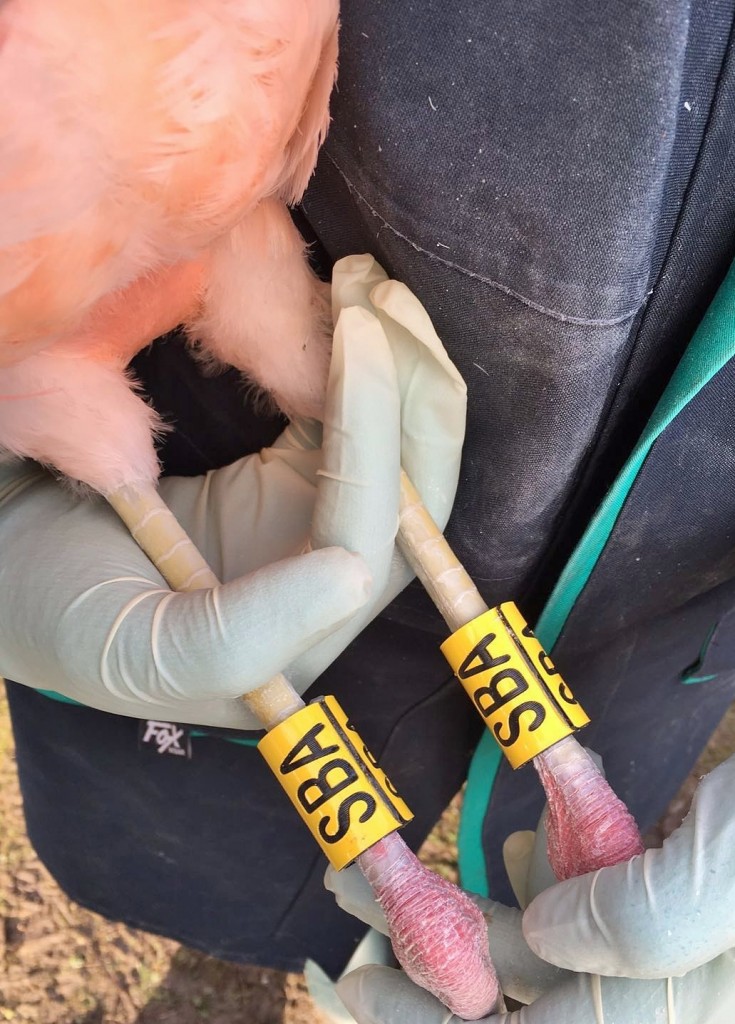Chilean flamingo catch 2016
There's been a run of flamingo catches at WWT Slimbridge over the past few years. The lessers were moved in 2012, the Andeans in 2013, the Caribbeans were caught and re-ringed in 2014, as were the massive flock of greaters in 2015. And this year it was the turn of the Chilean flamingos in the South American Pen. One hundred and twenty-three birds; some with old rings that needed changing, others that were new additions to the flock that needed identification. And to make this catch just that bit extra special (or to add in extra faff some might say!) some birds were given special treatment and ringed differently to their fellow flock-mates.
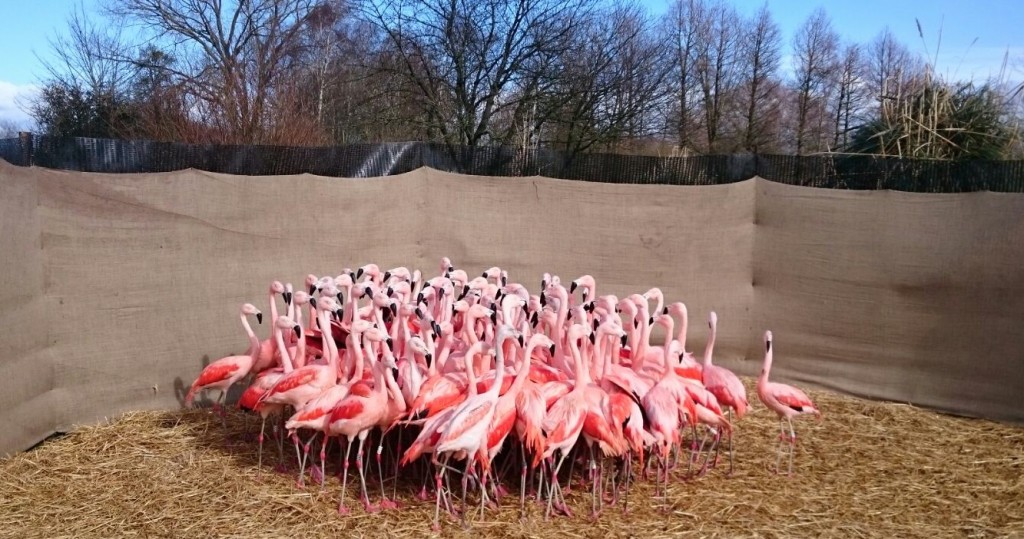
The usual WWT flamingo catch procedure was rolled out to great effect. First a corral of hessian sacking was built in the corner of the South American Pen, and then on the day of the event, the birds were brought inside the flamingo house in the morning and only let into the corral for the start of the catch. This keeps the flock together, keeps the birds calm and stops them from being stressed. Basically, a flamingo doesn''t know that a catch is about to happen until it is in a handler's arms!
Thanks to duckery warden Phoebe for the photos of the set-up.
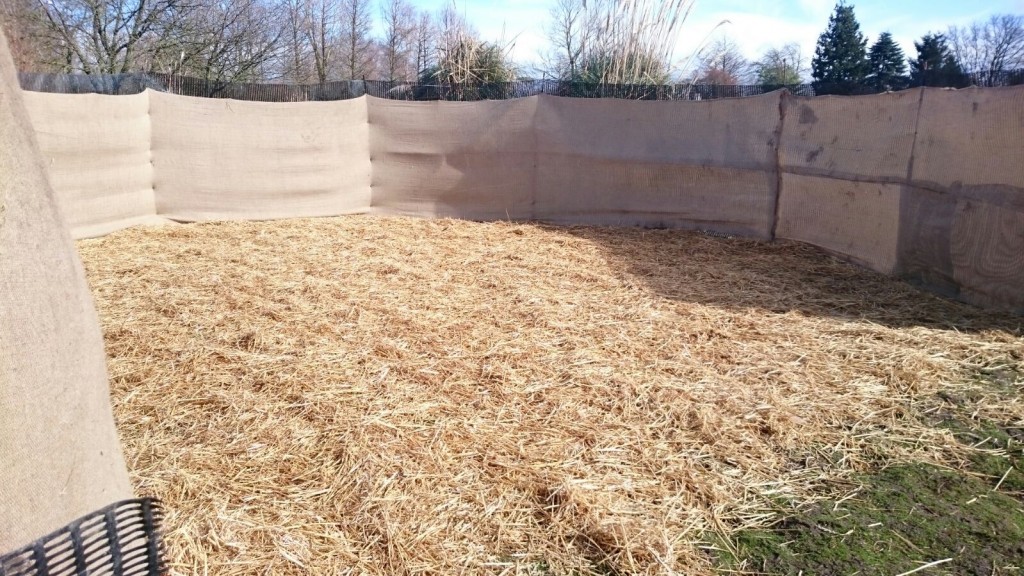
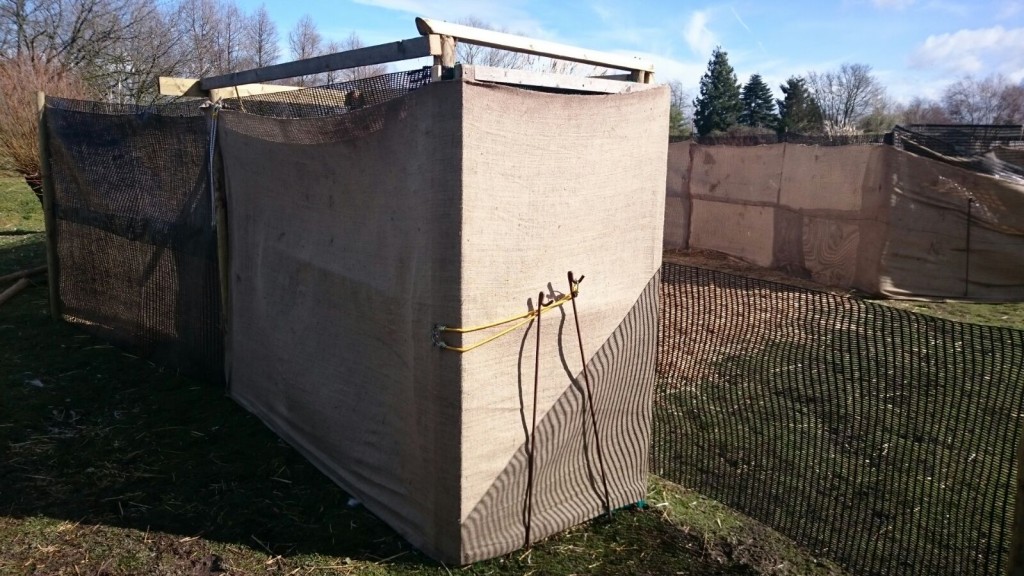
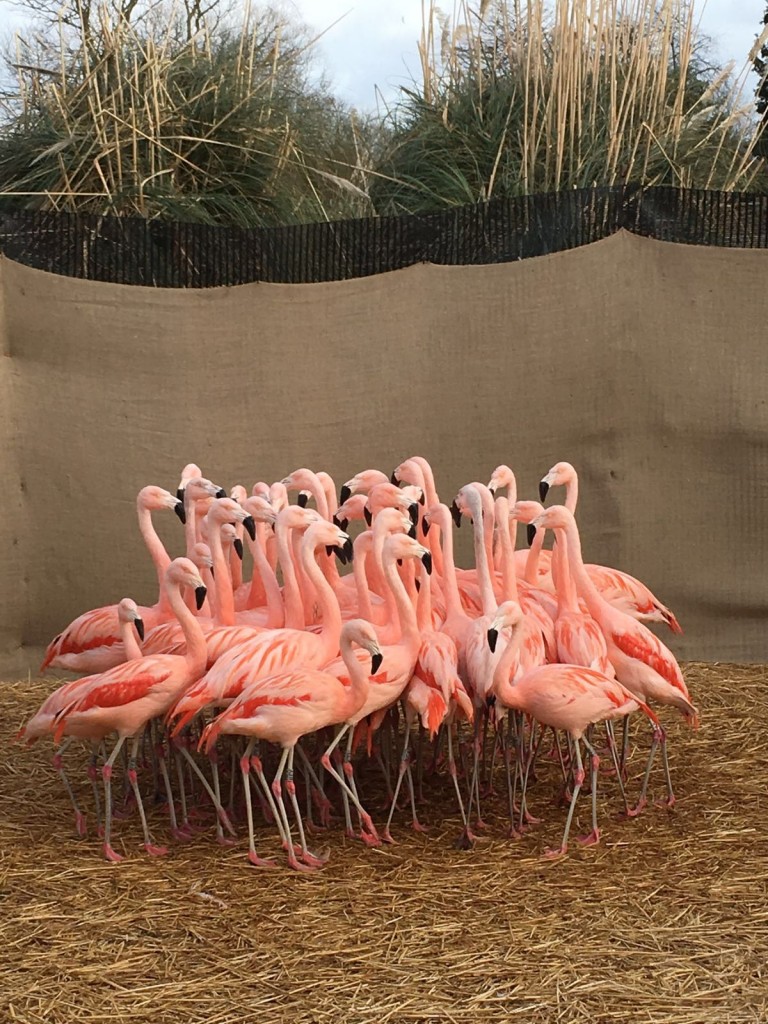
The flamingos proceeded along a line of various work stations. They were re-ringed if needed, or they were ringed if they had no previous ring. Birds that already had a ring that was in good condition, moved on to get their health check. A once over to check body condition and foot condition. Records of the bird's body and plumage condition, as how healthy their feet are tell the WWT avics vital information on how well the birds are doing.
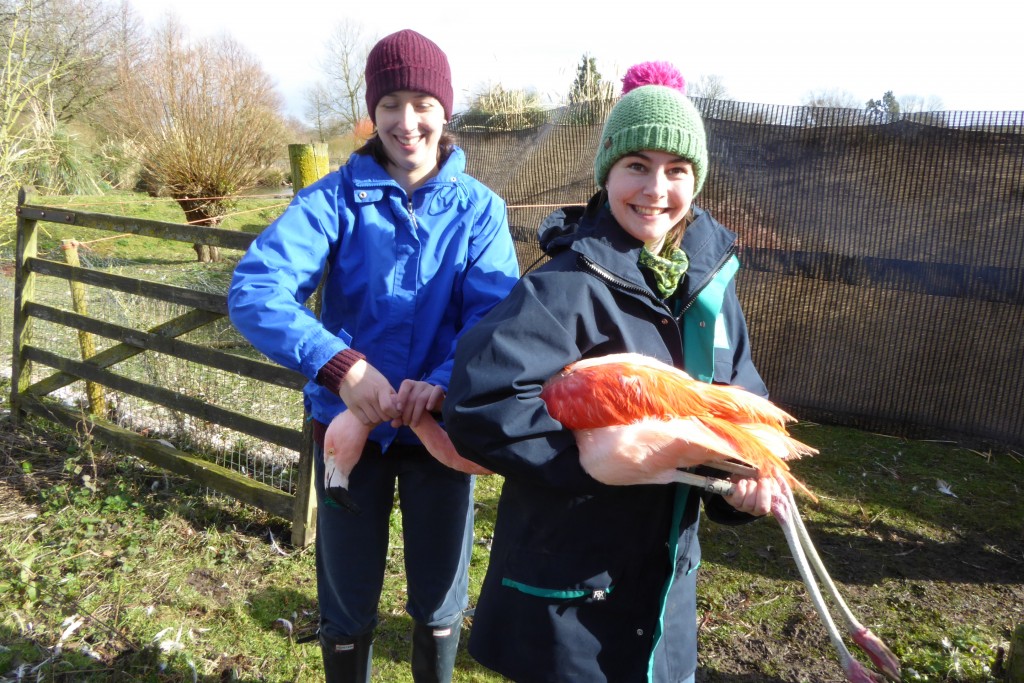
WWT are pioneers in the running of flamingo catches and have taught countless other bird collections how to handle flamingos safely and efficiently; to ensure excellent animal welfare and stress-free catches. How birds are removed from the flock, and how handlers position and hold the bird's legs are vitally important to maintaining the health and comfort of the flamingos themselves. As well as providing a more relaxed working environment for the people involved too!
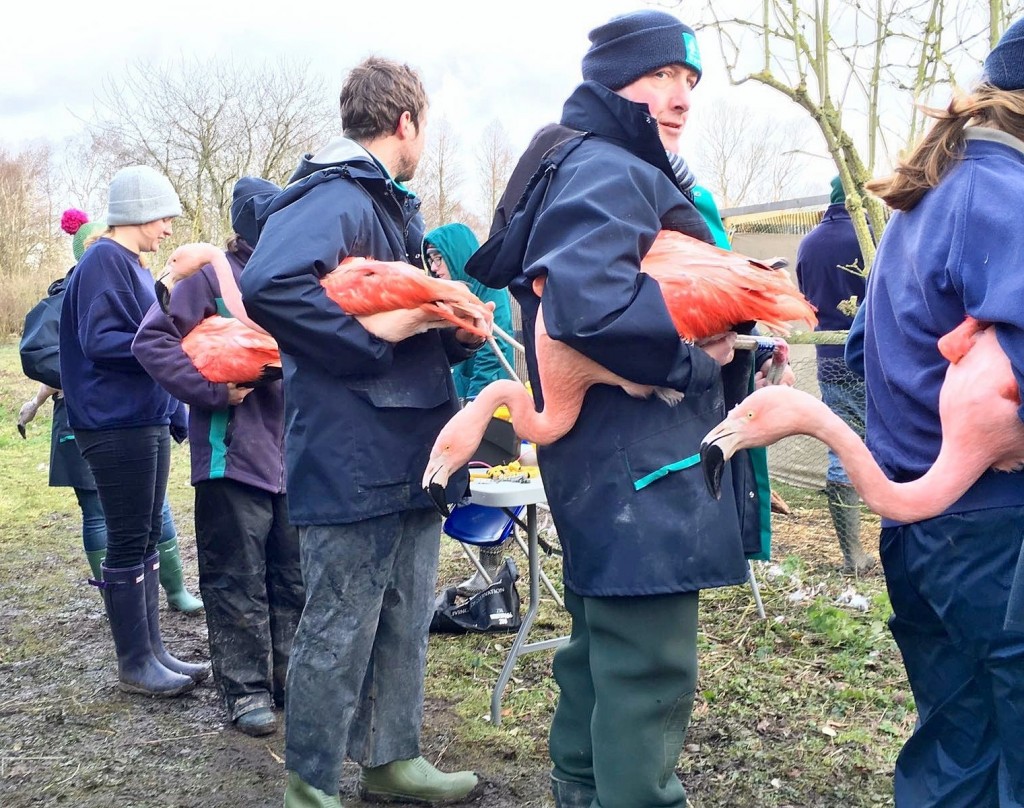
Flamingos that needed ringing or re-ringing were passed over the the expert hands of Jono and Kane from the conservation department, who fitted new Darvic (plastic) leg rings where required. The three letter Darvic code is unique to that flamingo and allows birds to be identified throughout their lives at Slimbridge.
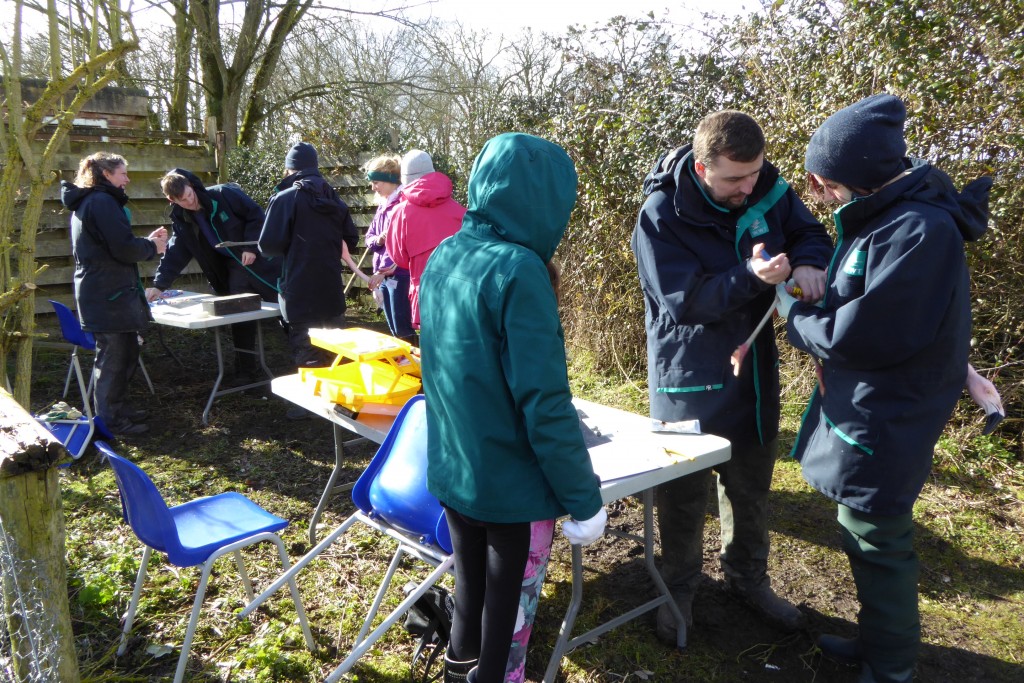
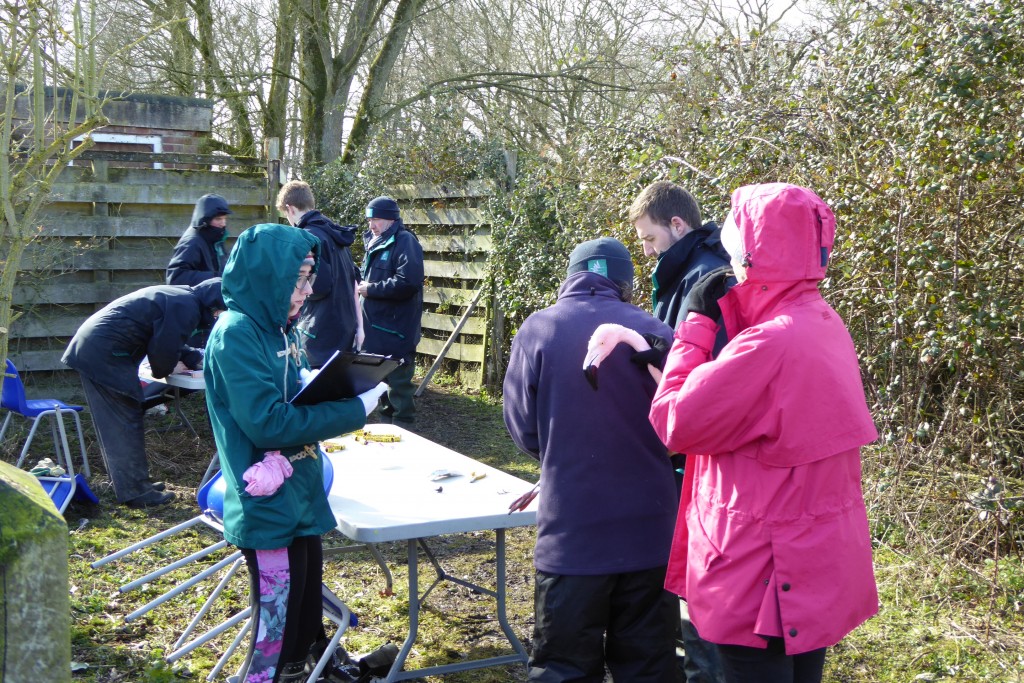
A scribe records all of the information from the birds whilst the ringing occurs. Once the ringer is happy that the Darvic fits, and is not going to come off, the flamingo can carry on to the final health check station and then be released. And as can be seen in the photo below, all birds came through the catch unscathed and all look settled and relaxed back in the Chilean Flamingo House.
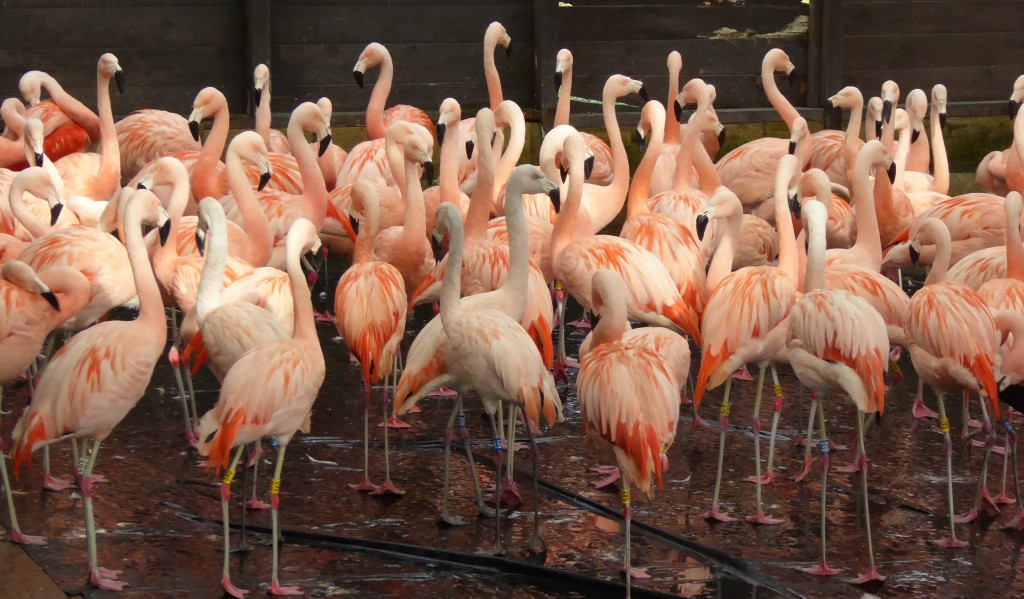
The sharp-eyed amongst you may notice that some birds in the photo above have different coloured rings, and that some birds have the same Darvic ring on both legs... There is an important reason for this. And this is also where I need to say a big "thank you" to the whole of the avicultural team at WWT Slimbridge- for letting me select 30 specific flamingos to have these two rings fitted, and to then being patient enough to allow me to find them during the flamingo catch and then send them to be processed separately. Thanks to Species Monitoring Unit's Kane for the photos of the rings and the ringed bird. More on why these flamingos are special, and what they will be up to, in a future post :-)
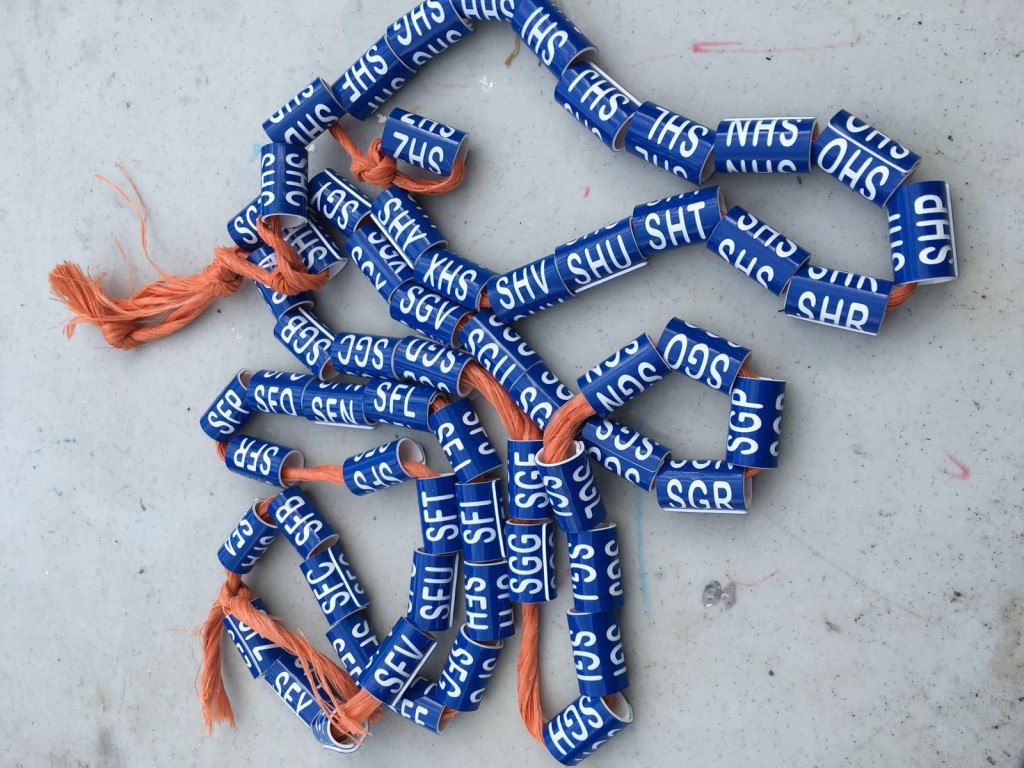
Blue Darvics for "regular" flamingos.
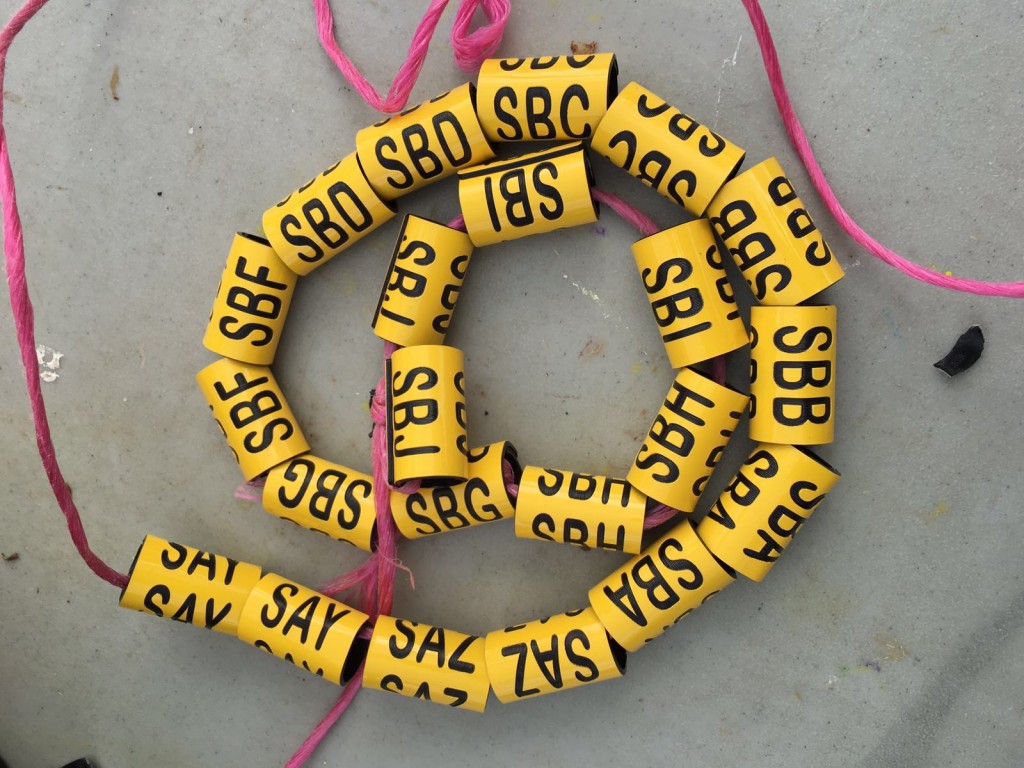
Yellow Darvics for "experimental" flamingos. Those whose behaviour will be under much closer scrutiny over the coming months. Don't worry, nothing bad is going to happen to these hand-picked birds- these new rings simply helps us to follow the flamingo soap opera in much more detail.
